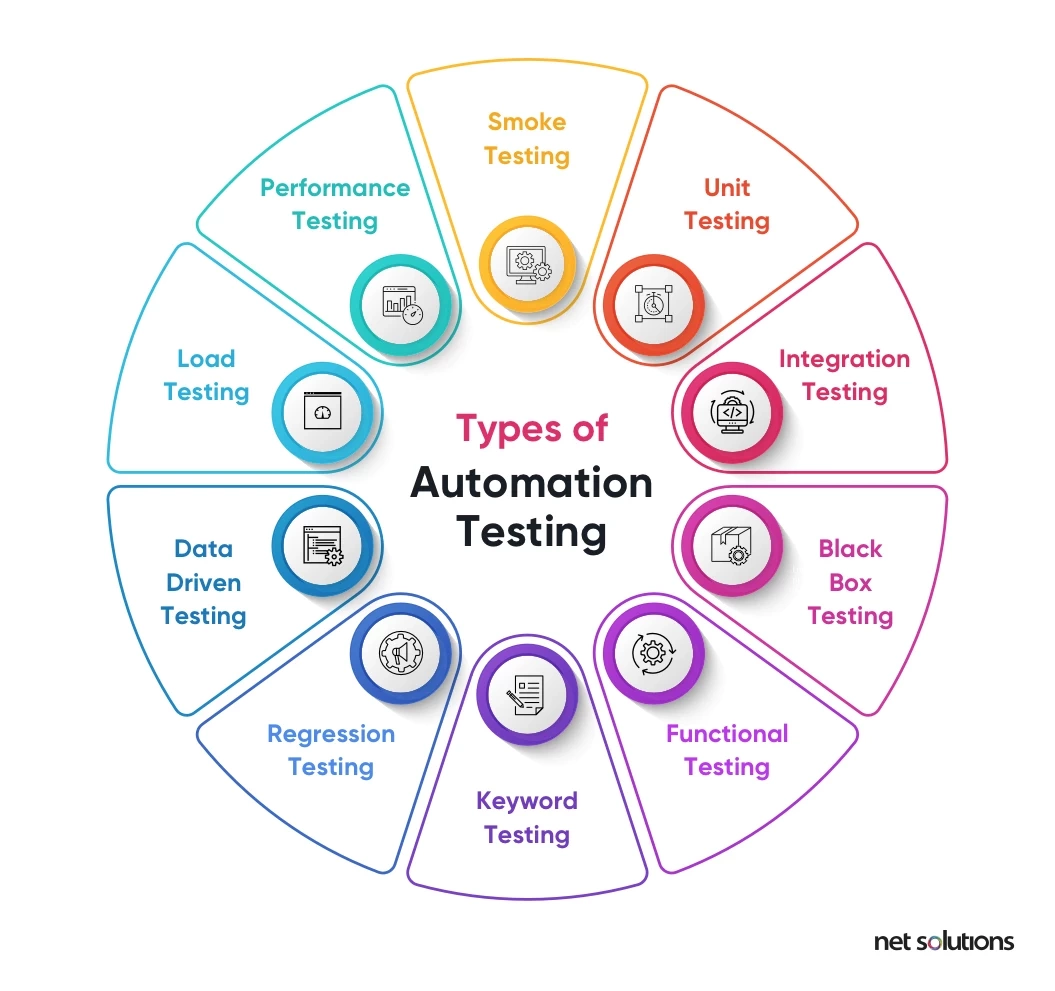Automation Testing Strategies: Best Practices for Seamless Integration
Automation Testing Strategies: Best Practices for Seamless Integration
Blog Article
Ensuring Success in Automation Evaluating: Trick Metrics, Difficulties, and Solutions Every QA Group Need To Know
In the world of software program high quality guarantee, the landscape of automation screening is ever-evolving, requiring a thorough method to make sure seamless procedures. The journey to mastering automation screening is paved with nuances that require an eager eye for tracking, analysis, and constant renovation. As the industry drives forward, the pursuit for optimum efficiency in automation screening continues to be a continuous search, prompting QA teams to furnish themselves with the knowledge and methods essential for triumph.
Importance of Key Metrics
Comprehending the value of key metrics is vital for evaluating the efficiency and performance of automation screening procedures. Trick metrics work as measurable procedures that provide important understandings right into numerous elements of the testing process, such as test insurance coverage, test implementation time, flaw thickness, and test situation efficiency. By assessing these metrics, QA groups can determine bottlenecks, ineffectiveness, and areas for enhancement within their automation testing structure.
One critical element of crucial metrics is their capability to track progress and keep track of the general health of the testing process (automation testing). They allow stakeholders to make educated choices based on data-driven insights, which can lead to much more effective testing approaches and better source allowance. Furthermore, vital metrics can help teams set reasonable goals, determine the success of automation campaigns, and show the ROI of automation screening efforts

Usual Obstacles Dealt With
Challenges generally come across in automation screening procedures can dramatically influence the total effectiveness and efficiency of QA teams. Automation screening might not cover all facets of testing, such as use and customer experience screening, which still require manual intervention. Getting over these challenges needs appropriate planning, tactical examination case choice, durable maintenance procedures, adequate sources, and a clear understanding of the constraints of automation screening.
Efficient Solutions for Challenges
To resolve the challenges come across in automation testing, executing effective solutions is necessary for enhancing the efficiency and efficiency of QA teams. One essential remedy is to buy durable training programs for QA groups to ensure they have the essential abilities to effectively utilize automation tools. Training can connect expertise voids, enhance understanding of automation frameworks, and improve scripting capacities, eventually causing much more effective test production and implementation.
An additional important remedy is to establish clear communication networks within the QA team and with other stakeholders, such as designers and project managers. Effective interaction aids in lining up expectations, sharing progression updates, and without delay dealing with issues or roadblocks that may occur throughout the automation testing process.

Surveillance and Evaluation Methods
Applying reliable tracking and analysis strategies is vital for guaranteeing the success and performance of automation screening processes. In addition, examining examination outcomes and metrics gives important insights into the high quality of the software being examined and the effectiveness of the screening approach.
One key technique in monitoring and evaluation is using dashboards that consolidate pertinent metrics and KPIs check it out in an aesthetically easily accessible style. These control panels use a thorough introduction of test execution standing, examination insurance coverage, defect patterns, and other important details. On a regular basis evaluating and analyzing these control panels can help QA groups make educated decisions, prioritize jobs, and enhance testing efforts.
Moreover, applying automated informs and notifications based on predefined limits can enhance proactive surveillance and prompt intervention. By setting up alerts for performance deviations or test failings, groups can attend to problems promptly and prevent them from escalating. On the whole, tracking and analysis strategies play an essential role in ensuring the effectiveness and success of automation screening initiatives.
Constant Enhancement Strategies
Enhancing the efficacy of automation testing processes requires the constant refinement of approaches and strategies. One essential method to boosting automation screening processes is to conduct regular reviews and retrospectives.

Conclusion
To conclude, it is important for QA groups to comprehend the vital metrics, challenges, and options in automation screening to ensure success. By thoroughly monitoring and evaluating data, executing efficient options to typical challenges, and continuously boosting techniques, QA groups can optimize their screening processes and deliver top notch software. Complying with these methods will eventually result in more reliable and reliable automation testing practices.
By evaluating these metrics, QA teams can determine bottlenecks, inadequacies, and locations for enhancement within their automation screening structure.
Furthermore, key metrics can help teams established realistic goals, determine the success of automation campaigns, and demonstrate the ROI of automation screening initiatives.
Difficulties commonly come across in automation testing processes can significantly influence the total efficiency and effectiveness of QA teams. Automation screening may not cover all facets of screening, such as functionality and customer experience testing, which still require manual intervention.In final thought, it is important for QA groups to comprehend the vital metrics, why not check here difficulties, and solutions in automation testing to make sure success.
Report this page